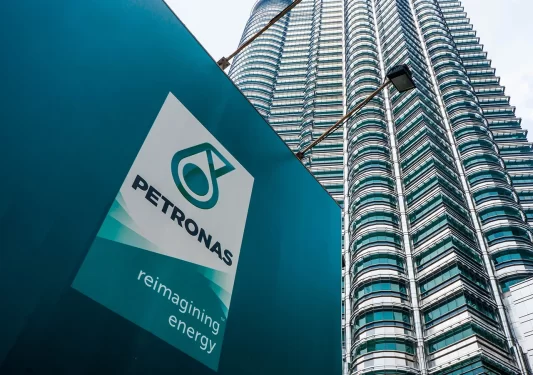INFLATION refers to an increase in the general price level over time which in turn accelerates the cost of living and reduces buyers’ purchasing power.
This also means that the value of money falls – every dollar we spend on a basket of goods and services today is lesser than the amount we spent yesterday.
In other words, inflation refuses the economic wellbeing of a society in general.
Inflation exists because too much money chases too few goods and resources.
It is basically driven by excessive demand for goods, services and resources in a country, the rising costs and shortages of goods and services supplied by various economic sectors, and/or excessive money supply in the country.
In addition, inflation can be caused by the rising price of imported raw materials and intermediate goods and further increase the price of goods and services produced domestically.
With an open economy, consumers like to import goods and services because of the love of variety while producers prefer to buy imported inputs and capital goods due to low-priced and/or unavailable inputs in the domestic market.
What is impacting price hikes in the current quarter?
In the second quarter of year 2021, the Malaysia consumer price index (CPI) surged by approximately 4.2% from a year earlier, which was much higher than a fall of 2.56% in year 2020 and a rise of 0.64% in year 2019 for the similar period, drawing on the data obtained from the Department of Statistics Malaysia.
The Malaysia CPI moderated to a 2.14% increase in the third quarter of 2021, which is still considered high as compared to pre-COVID-19 pandemic.
The rise in CPI is mainly due to the low base effect in 2020 because of the weaker demand for transport including retail petrol, utilities, household equipment and routine maintenance.
The lesser demand for these essential items was highly related to nationwide economic lockdowns and social distancing during the COVID-19 pandemic outbreak in 2020, which resulted in uncertainty and income fragility in the country.
The current inflation can be explained by the surge of raw material and input costs, which passes on to each stage of a production process.
In the second quarter of 2021, the Malaysia producer price index (PPI) increased sharply by 11.3% from a year earlier, which was largely led by the producer price of perennial crops, crude petroleum and natural gas.
Malaysia’s inflation rate is highly influenced by the surge in energy, commodity and agricultural prices in the global market. In this case, the price hike not only increases the costs of operating small businesses, but also households’ purchasing expenditure.
In general, prices of food and essential items have increased sharply since the gradual reopening of business activities in the country.

The price hike is seemingly not reflected by the inflation-CPI.
CPI is a price index of a weighted average basket of goods and services typically spent by households in the country.
CPI reflects the general price level of households’ consumption as a whole.
For instance, both RON95 and RON97 petrol prices have increased by more than 60% in April 2021 from a year earlier to RM2.05 per litre and RM2.5 per litre respectively.
Retail petrol is placed under the category of transport when calculating CPI, which carries only 6.5% of the total weight.
Hence, the price hike does not show a significant increase in the inflation-CPI. Food and non-alcoholic beverages as well as housing, water, electricity, gas and other fuel each carry the highest weight of 26.5% which may have some impact on the general price increase.
What should the Government do to curb the inflation pressure?
Based on Bank Negara’s Economics and Monetary Report, in 2020, Malaysia experienced an unemployment rate of 4.5% and a negative growth of per capita income (in US dollar) of 7.3%.
This shows that Malaysia is facing weak purchasing power in the economy.
Malaysia’s existing inflation is driven by cost-push factors amid its spare capacity of production in the country, largely due to the surge in the costs of raw materials, energy and commodities in the global market.
The price hike in raw materials and food in particular is largely due to domestic and international travel restriction, shortage of workers and some businesses operation shutdown during the 2020 pandemic.
The supply-chain bottleneck had curb production in the country. When it starts to reopen its economic activities amid the uncertainty about another COVID-19 pandemic outbreak, the stronger demand does not meet its short supply.
To ease the growing input costs and supply bottleneck, the Government should facilitate production activities in the primary and manufacturing sector particularly by easing the domestic movement of materials and goods as well as border-crossing within a given supply-chain network and provide financial support for productive use. – Dec 21, 2021
Dr Choong Pai Wei is a senior lecturer in Economics from the Department of Economics and Finance, Sunway University Business School.
The views expressed are solely of the author and do not necessarily reflect those of Focus Malaysia.









